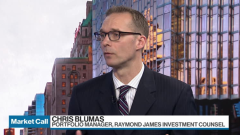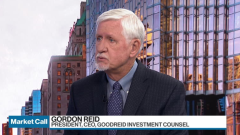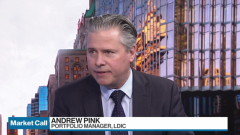Mar 16, 2018
Bear Stearns lives on within JPMorgan 10 years after fire sale
, Bloomberg News
Ten years ago today, JPMorgan Chase & Co. announced it would buy collapsing investment bank Bear Stearns Cos. for pennies on the dollar after a weekend of emergency talks brokered by the government to avert a financial crisis.
The move would become a milestone for Wall Street, but it didn’t hold off the meltdown for long. The collapse of a bigger investment bank -- Lehman Brothers Holdings Inc. -- six months later without any emergency takeover or government bailout tipped global markets into a tailspin. But buying the bond shop has been good for JPMorgan, at least in trading.
Goldman Sachs Group Inc. was once the global market leader in fixed-income trading, generating about twice as much revenue from that business as JPMorgan. The merger with Bear Stearns helped close that gap, and a decade later, JPMorgan has maintained its revenue from that business while many rivals saw theirs slip.
Bear Stearns was a fixed-income powerhouse, even though it ranked only fifth by assets among independent investment banks. The acquisition let JPMorgan scoop up both traders and clients. Barclays Plc, which acquired Lehman’s U.S. operations, has seen its fixed-income trading revenue dwindle by two-thirds since 2010.
Buying Bear Stearns helped JPMorgan on the equities side too. Its revenues from that business are almost double what they were in 2006, lifting JPMorgan’s franchise to rank third among global banks by the end of 2017.
Of course JPMorgan didn’t become the largest U.S. bank just by expanding trading. It also grew in consumer and commercial banking. Its loan portfolio at the end of last year was about twice as big as before the crisis. Its profit has surged to more than US$24 billion from US$14 billion. Its shares have outperformed rivals handily since that critical day in March 2008.
Not every crisis-era takeover worked out so well. Bank of America Corp., which bought Merrill Lynch the same weekend Lehman filed for bankruptcy, suffered billions of dollars in losses from Merrill’s portfolio and soon needed government support. Bank of America’s shares still trade below their price 10 years ago.
That’s not to say JPMorgan didn’t incur some unexpected costs. Chief Executive Officer Jamie Dimon, who was lauded during the crisis for JPMorgan’s role in buying Bear Stearns and Washington Mutual Inc.’s banking operations, has criticized regulators for penalizing his company for those firms’ actions. Bear Stearns was the largest underwriter of securities backed by home loans, products that tumbled in value and set off the crisis -- creating huge liabilities.
JPMorgan has reached about US$31 billion of settlements tied to mortgage dealings, according to a tally by Keefe, Bruyette & Woods. It isn’t possible to break down how much Bear accounted for those costs because many legal cases involved mortgages and securities sold by all three firms.
At one point, as the tally was still climbing, Dimon lamented that 70 per cent of such legal costs were legacy assets from the two acquisitions. That clearly exceeded the US$6 billion in litigation and other merger costs the firm had estimated when it agreed to the Bear Stearns deal.


